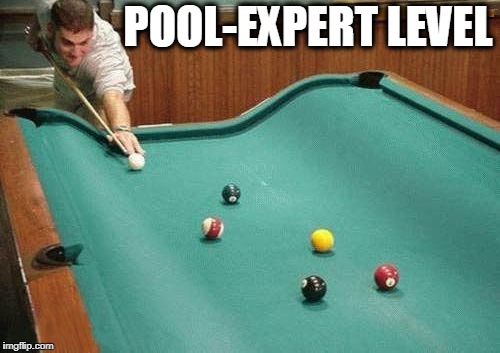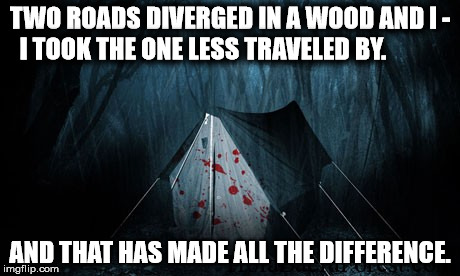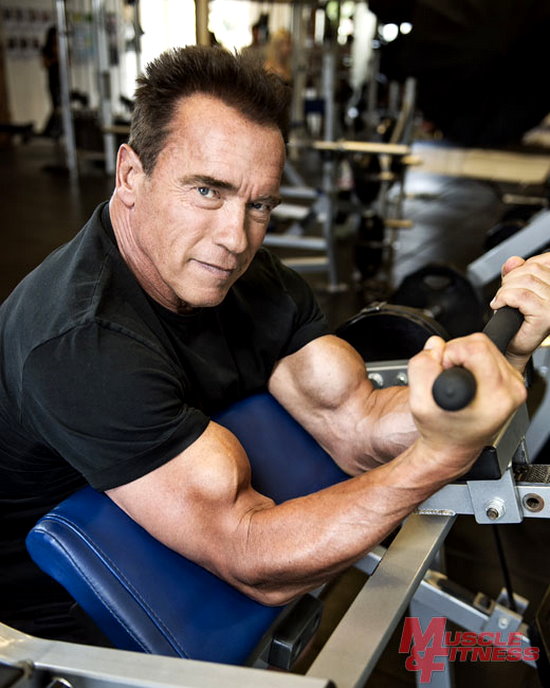PERSONAL BACKGROUND
For
anyone new to me, I’ve been lifting weights for 18 years and have competed in 3
powerlifting meets and a dozen strongman competitions. After deciding against competing in strongman
nationals this year, I found myself with a lot of downtime between comps and
decided to give Jon Andersen’s “Deep Water” program a try. I had
first seen Jon back in IFSA, and was immensely impressed with his physique and
ability, and then rediscovered him in Mark Bell’s “Power” magazine where he’d
have a monthly Deep Water column written about him by his training partner
Jasha Faye. Through these columns, I got to understand/appreciate Jon’s
mentality and find it resonated pretty well with my own. It’s a
focus on overcoming and pushing the body to the limits, rather than a more
academic approach to training. I ended up purchasing his $10 kindle
book earlier in the year, read it, enjoyed it immensely, and always had the
program on the back of my mind as something to try. In prepping for
my last competition, I had stolen bits and pieces of the program and found it
pretty damn brutal, but now I was ready to just run it in full and see what would
happen.
SUMMARY OF PROGRAM

Yeah, pretty much every squat day
Out
of respect for Jon, I’m not going to write out the full program here. The
book is only $10, and it is well worth it. In addition, I’m pretty
sure you can get it for free off his Instagram account, and he gives a lot of
details about it on youtube as well. You could pretty easily piece
it together.
For
a brief overview, there are 4 days of lifting and 1 day of active
recovery/cardio/conditioning. In the lifting days, you have 2 days
that could be considered “bodybuilding days”, which are a back day and a chest
day essentially, and 2 days that are the “Deep Water” days. The
latter days take 1 big movement and train it 10x10. 1 of those days
will either be a squat or a deadlift depending on the week, and one will be a
press or a push press. You’ll use a weight that is supposed to be
about 70% of your 10rm for these days. After the 10x10, there will
be some assistance work. You train abs every lifting day with the
program.
The
first 2 weeks of the program, you rest 4 minutes between sets. The
second 2 weeks, it’s 3 minutes. The final 2 weeks, it’s 2 minutes. I
applied those rest protocols to EVERY movement in the program, not just the
Deep Water days, as it seemed to make the most sense. The weight
does not change for the 10x10 work. Trust me: you won’t want to
change it. For the bodybuilding days, I
kept pushing the weight each training day.
So basically, there’s a few different approaches to progression here.
SUMMARY OF NUTRITION
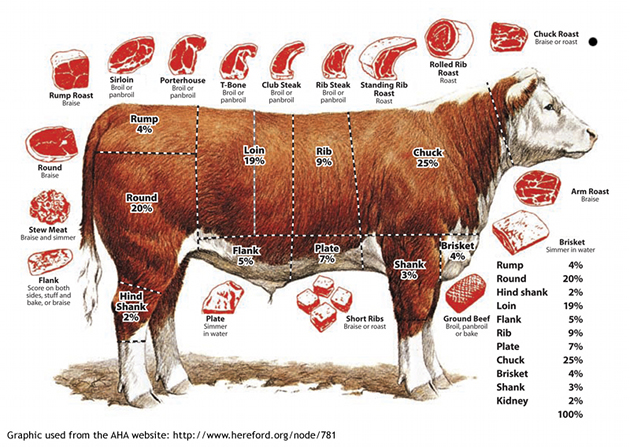
Memorize this chart
Jon
is very much anti-carbohydrate. If you watch his videos or read his
works, this becomes clear. He has a video called “Carbs are for the
weak”, wherein he discusses how there is no such thing as an essential
carbohydrate (compared to essential fats or amino acids) and compares carbs to
painkillers. It’s worth noting that, in Jon’s books and videos, he
discusses how he grew up with a bad relationship with food and still has one,
and this will certainly color his dialogue on the topic. All of that
being said, this nutritional approach was pretty much spot on with how I
approach nutrition, so it was very easy to adopt. I dropped what few
excess carbs I had (primarily from greek yogurt) and ate some more fats to
compensate (using avocados and fatty meats). Jon provides a list of
approved foods in his book and has a macro calculation if that is your thing,
but also like me, Jon doesn’t count calories. Which, again, I was a
big fan of.
Jon
does say though that, if you MUST eat carbs, eat them around training, and I
did employ that. I eat fruit with my post training meals, because it
has health benefits, and would usually eat something small with carbs prior to
training just to get something in my stomach.
MODIFICATIONS

Would you believe it is still street legal?
I
made a few small tweaks to the program to fit my lifestyle, but kept it almost
entirely in total. Unlike my time with 5/3/1, Jon’s program really
gelled with my mindset, and I didn’t have to do anything to make it please my
psyche. I started my training weeks with the 10x10 lower body
workouts on Sat, rather than on a Monday. This was because those
workouts could take 2 hours on the squat day, and I don’t have time to do that
during the week. Sunday, I’d do the active recovery work, and then Monday would
be my back workout.
I
used an axle for all pressing and curls, a buffalo bar for all squats, and a
texas deadlift bar for the 10x10 deads and an axle for light deadlift technique
work. I did the ab work every training day, but the program would
call for hyperextensions 2 days a week and planks the other 2, and I ended up
just doing planks 4 days a week. I don’t have a hyperextension (but
I own a reverse hyper…go figure), and though I DO have a ghetto GHR, trying to
set it up for hyperextensions sucked. Also, since my legs would be
sore a full week after the 10x10 squats, I’d be in too much agony to have the
pads press up against my quads. Fully willing to admit to being a wimp
there.
One
other slight change was that I added in band pull aparts to superset the 10x10
presses/push presses. They make my shoulder feel better. For
the active recovery work, I’d do the prowler on deadlift weeks and Stone of
Steel on squat weeks. Also, I added in 3x10 reverse hypers on the
back day, because reverse hypers are awesome.
PERSONAL EXECUTION/EXPERIENCE

Pretty much me half of each month

Pretty much me half of each month
-I
followed the program about as close as I could, with the above exceptions noted. Of
note, anyone who has seen how I squat knows it is a painful mutant affair, and
after doing that 10x10 on a Saturday, I would be sore until Friday. The
amount of pain I was in was very obvious. Many co-workers would ask
me what was wrong. I wonder if someone employing a high bar style
squat with a bouncy eccentric would fare better. I did not
experience nearly as much soreness with the deadlifts.
-The
squat was definitely the worst day of the program in terms of difficulty. As
soon as I’d finish the final rep of the final set, I’d start a clock in my head
for 2 weeks down the line, dreading when I’d have to do it again. During
that workout, it was pretty common for me to start laying down between sets at
about the 6 set mark.
-The
program’s back day is basically teaching/prepping you for the intermediate
program, which has a 10x10 power clean in it. There is no clean on
the beginner program, but there are clean pulls, which I had to learn pretty
quick, since I had never done them before. This is combined with 4
weeks of bent over rows and 2 weeks of shrugs, trying to teach you strength in
the forward torso position to get strong on the initial pull and then how to
get power out of the traps on the final pull. The big takeaway is,
don’t modify it. At first, I contemplated switching the bent over
rows out for a t-bar row or dumbbell row, but I am glad I stuck with it. There
is a method to the madness.
-That
same method holds true to the order of the days. You end up doing 2
pushing days in a row, which makes little sense from a “muscle resting”
perspective, but makes total sense in that it keeps you from having 2 10x10
days back to back.
-You
will be in a constant state of recovery with this program. In turn,
I found that I could eat pretty much without restriction in terms of quantity,
so long as I stuck with the approved foods. A snapshot of a training
day would be this
0440: Wake up, eat 2 cookies and a serving of fat free greek yogurt,
0500-0605: Training
0630: Post training meal of 2 cups of mixed berries, 2 scoops of protein, 1 serving of non-fat greek yogurt, 2 tablespoons of PB2 peanut butter powder, 1 cup of skim milk and 2 tablespoons of raw honey
0900: 2-3 beef ribs
1200: 1 can of diced tomatoes and 3 heaping handfuls of chopped kale mixed in with 1+lb of meat
1730: Meal similar to noon
1900: 3/4 cup of full fat cottage cheese, half an avocado and 2 tablespoons of PB2
On
non-training days, I’d skip the 0440 meal, and at 0630 I’d have a shake that
was 3/4 cup 5% greek yogurt, 2% milk, a heavy serving of cream, 2 scoops of
protein and 2 tablespoons of PB 2, along with some fatty meat (bacon or ribs).
RESULTS AND CLOSING THOUGHTS
-I
started the program at 192.4 lbs, and started the 6th week at
199.6lbs. I am the leanest I’ve ever
been at this bodyweight, as typically, once I start approaching 200lbs I tend
to see fat accumulate, especially lovehandles. I have slightly more
lower back fat than when I started, but my midsection has remained tight. Still
in the same size pants, still on the same notch on my lifting belt.
-I
successfully went from squatting 270lbs 10x10 with 4 minutes rest between sets
to 270lbs 10x10 with 2 minutes rest between sets. If that’s hard to
quantify, another fun tidbit is that I squatted 240lbs 10x10 with 2 minutes
rest between sets the week before I started the program, so that’s a 30lb
increase on squatting ability in 5-6 weeks. I also went from
benching 226 for 3x10 to 256 for 3x10 in 5 weeks while on the program during
the chest day, while reducing the rest periods from 4 minutes to 2 minutes
between sets, and still more room the grow.
-My
chins, dips and push ups declined during my time on the program. For
the latter 2, they are at the end of the chest day, and I’m willing to call it
a result of fatigue. For the chins, it might be due to the added
bodyweight and reduced rest times.
-This
program absolutely kicked my butt. I’ve been training for 18 years,
I’ve competed in a dozen strongman competitions, I’ve run 20 rep squats and
Building the Monolith, and this was a whole different beast. It’s
not Building the Monolith on steroids; it’s Building the Monolith on bathsalts. That
said, it’s paced well enough that you are able to recover. Your
bodybuilder days start out light and get more intense as time goes on, serving
as a break after the initial shock of the first 10x10 day.
-On
the above, you have to swallow your ego on this program, specifically when it
comes to weight selection. 70% of your 10rm LOOKS really small, and when you
hit set 7 of 10 it’s going to feel like the whole world coming down on you.
-I
attribute my success on the program to my dedication to eating. Unlike
Building the Monolith, there was no pre-req for a specific amount of certain
foods, so instead of suffering through a dozen eggs a day, I was allowing
myself a little creativity so long as I stuck with the approved foods I’d eat
until the point of discomfort frequently, and it was the right call, because
I’d need the energy for recovery and to get through the training. Also,
an interesting aside, but I no longer craved/needed my weekly cheat meal with
this approach. I was eating so much damn food that I never felt like
I was lacking anything.
-PB2
is Jon Andersen approved, and as you can see, I used it frequently. It was a quick way to add some calories and
protein to meals.
WHAT’S NEXT
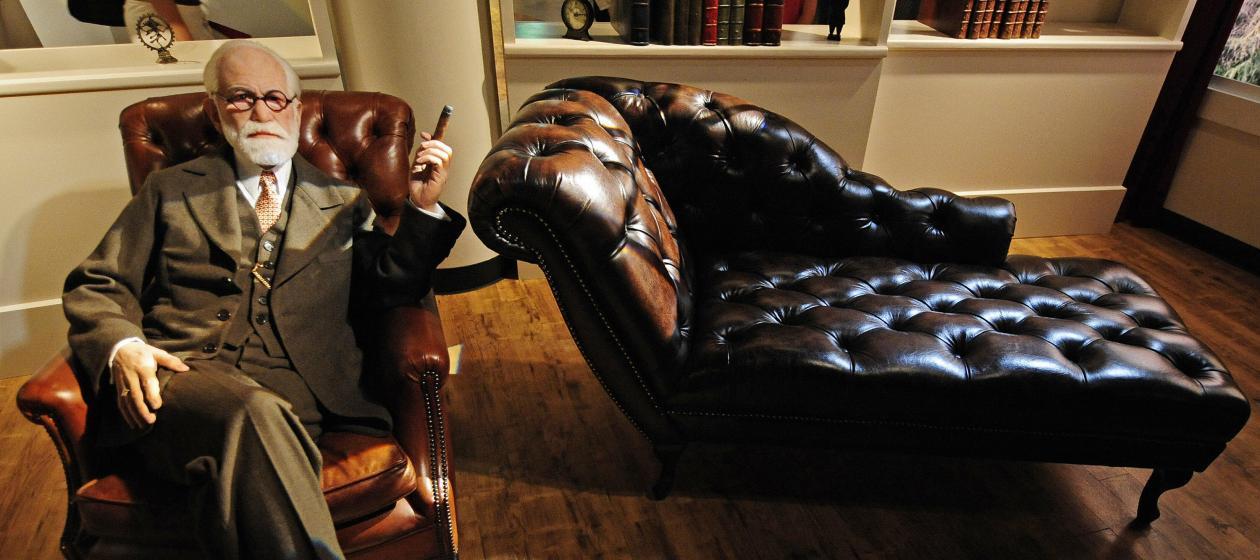
Maybe I need some of this
I
am sold on the Deep Water method, and want to continue it. That said, looking at the intermediate
program weights, I’m unsure of myself. I
plan to hit a middleground between the beginner and intermediate weights to
help ease me in for 6 weeks and then attack it in full force after that. If
a competition creeps up, I may alter or abandon as needed to prep, but I can
see this becoming my go to off season approach for the foreseeable future.






